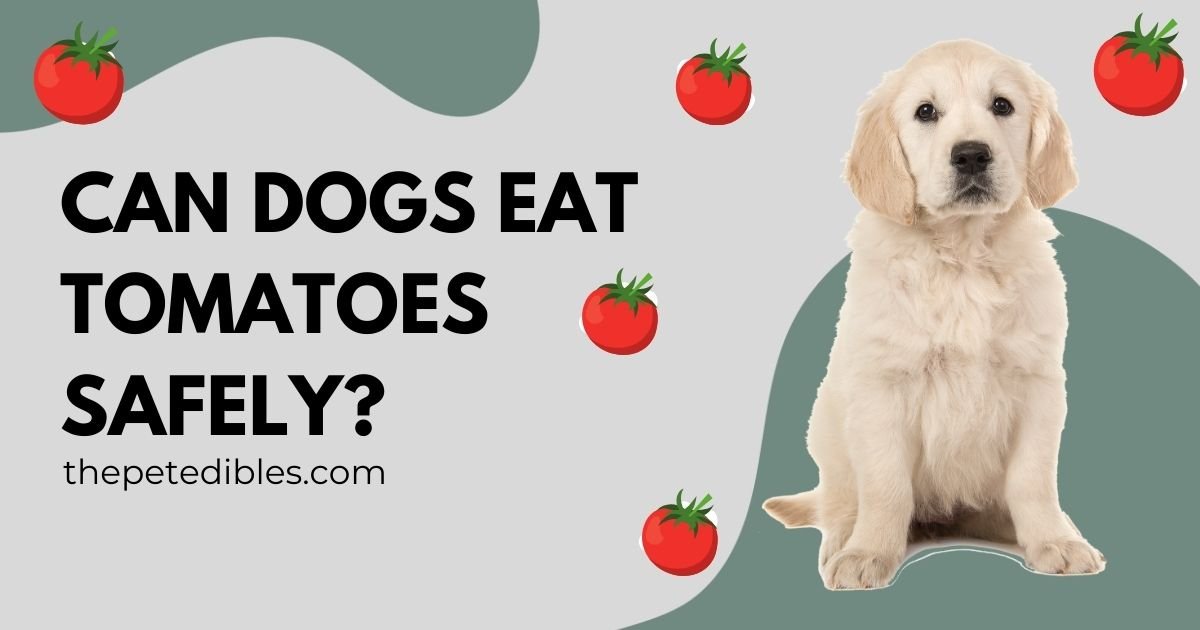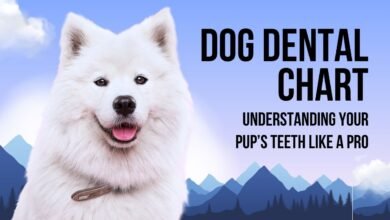Can Dogs Eat Tomatoes Safely?

Can dogs eat tomatoes? Learn the safe way to feed tomatoes, potential risks, and health benefits for your dog in this detailed guide.
Introduction
If you’re a dog owner, you’re probably cautious about what foods your furry friend can and can’t eat. One common question is whether dogs can safely consume tomatoes. Tomatoes are a popular fruit (yes, fruit!), and many people enjoy them in their salads, sandwiches, and sauces. But what about our four-legged companions? Can they eat tomatoes safely, or are there hidden dangers lurking in this seemingly harmless fruit? In this article, we’ll explore the safety of feeding tomatoes to dogs, the risks involved, and how to do it properly, if at all.
What Are Tomatoes?
Tomatoes are red, juicy fruits that are a staple in many households around the world. Botanically, they’re classified as berries, but most people think of them as vegetables. Tomatoes come in various colors, including red, yellow, and even purple, and they are rich in antioxidants, vitamins, and minerals, making them a healthy choice for humans.
In terms of nutrition, tomatoes are packed with vitamins A, C, K, and several B vitamins. They’re also high in fiber and contain potassium, which is beneficial for heart health. But while tomatoes have plenty of benefits for us, what about our dogs?
Can Dogs Eat Tomatoes?
The short answer is yes, dogs can eat tomatoes in moderation—but there are important exceptions. While ripe tomatoes are generally safe for dogs, parts of the tomato plant—such as the leaves, stems, and unripe (green) tomatoes—can be toxic. So, while a small, ripe tomato might be okay as a treat, certain precautions must be taken when feeding tomatoes to your dog.

Risks of Feeding Dogs Tomatoes
Although tomatoes have many positive aspects, there are some risks that come with feeding them to your dog.
Solanine and Its Effects on Dogs
Tomatoes contain a substance called solanine, which is toxic to many animals, including dogs. Solanine is found in the stems, leaves, and unripe tomatoes. It can cause symptoms like vomiting, diarrhea, lethargy, and confusion. In severe cases, it may even lead to coma or death, though this is rare.
So, while a ripe tomato might be okay for your dog in small quantities, it’s essential to avoid letting them eat green tomatoes or any part of the tomato plant. Always remove the stems and leaves before offering tomatoes to your dog.
Toxicity of Green Tomatoes and Tomato Plants
Green tomatoes, or unripe tomatoes, contain higher levels of solanine, making them especially dangerous for dogs. Even though the ripening process reduces solanine levels, green tomatoes should always be kept away from your dog.
Additionally, the stems and leaves of the tomato plant contain high concentrations of solanine and should never be consumed by dogs. If you grow tomatoes in your garden, make sure your dog can’t access the plants, as ingestion of even a small amount can cause significant health problems.
Overfeeding Tomatoes to Dogs
Even if your dog eats only ripe tomatoes, there’s a limit to how much they can handle. Eating too many tomatoes, even the safe parts, can lead to digestive upset, including stomach aches, bloating, or diarrhea. It’s best to treat tomatoes as an occasional snack rather than a regular part of their diet.

Safe Ways to Feed Dogs Tomatoes
If you want to share a tomato with your dog, it’s important to know how to do it safely. Here are some tips to ensure that your dog enjoys tomatoes without any risks.
How to Safely Serve Tomatoes to Dogs
Before feeding tomatoes to your dog, make sure they are ripe, and remove the stems, leaves, and any unripe parts. You should also cut the tomato into small pieces to avoid choking hazards, especially for small dogs. If you’re offering tomatoes as a treat, give only a few small pieces, and keep the servings moderate.
Best Tomato Varieties for Dogs
Certain varieties of tomatoes might be easier for your dog to digest. Cherry or grape tomatoes, which are smaller and less acidic, might be a safer choice for dogs. These tomatoes tend to have fewer seeds and less of the green material that can be harmful to dogs.

Health Benefits of Tomatoes for Dogs
When served properly, tomatoes can provide some health benefits to your dog. Here are some of the ways they can help:
Antioxidants in Tomatoes
Tomatoes are rich in antioxidants, including lycopene. Lycopene has been shown to have anti-inflammatory and anti-cancer properties, which could provide health benefits for dogs. Lycopene helps neutralize free radicals, reducing oxidative stress in the body.
Vitamins and Minerals
Tomatoes are an excellent source of vitamins A and C, both of which are essential for your dog’s immune system and overall health. Vitamin A supports healthy skin and eyes, while vitamin C helps with collagen production, which is vital for joint health.
Signs of Tomato Poisoning in Dogs
It’s essential to know the symptoms of tomato poisoning in case your dog accidentally consumes an unsafe part of the tomato plant. Signs of poisoning include:
– Vomiting
– Diarrhea
– Drooling
– Lethargy
– Confusion or uncoordinated movement
If your dog shows any of these symptoms after consuming tomatoes, it’s crucial to seek veterinary help immediately.

How Much Tomato Is Safe for Dogs?
The amount of tomato that’s safe for your dog depends on their size, breed, and tolerance. As a general rule, smaller dogs should have even smaller portions. A small piece of ripe tomato (roughly the size of a grape) is sufficient for small breeds, while larger dogs can handle a slightly bigger portion.
Alternatives to Tomatoes for Dogs
If you’re unsure about giving tomatoes to your dog, or if you want to offer a safer snack, there are plenty of other fruits and vegetables that are safe for dogs to enjoy. Some healthy options include:
– Carrots
– Apples (without seeds)
– Blueberries
– Sweet potatoes
– Cucumbers
These alternatives provide similar nutrients and antioxidants without the risks associated with tomatoes.

Conclusion
So, can dogs eat tomatoes safely? Yes, but with caution. Ripe tomatoes can be a tasty and healthy treat for your dog in moderation, but unripe tomatoes, leaves, and stems can be toxic. Always remove the green parts, and limit the quantity to avoid digestive issues. Remember, like all treats, tomatoes should only be offered occasionally and in small amounts.



